Installation of pipes
Installation of pipes
The cleaned pipes should be installed and filled with grease as soon as possible
(1) Connect all pipelines section by section according to the printed matching mark;
(2) Tighten all pipefittings according to the method in Chapter 4, and place the o-ring removed originally;
(3) All piping should be fixed firmly and not loose;
(4) All feeding pipes can be left to be filled with grease and then connected with the oil outlet and lubricationfittings of the distributor.

Hydraulic fittings - Thread standard two
I. Classification of threads
1 thread is divided into two kinds of internal thread and external thread;
2. According to the tooth can be divided into :1) triangle thread 2) trapezoidal thread 3) rectangular thread 4) serrated thread;
3. Single thread and multiple thread according to the number of threads;
4. There are two kinds of left screw thread and right screw thread according to the direction of screw entry. Right screw thread is not marked, and LH is added for left screw thread, such as M24×1.5LH;
5. According to different uses, it is divided into: metric common thread, threaded sealed pipe thread, non-threaded sealed pipe thread, 60°taper pipe thread, metric taper thread, etc
Metric common thread
1. Metric common thread is represented by capital M, tooth profile Angle 2α=60°(αrepresents tooth profile half Angle);
2. Metric common thread can be divided into coarse common thread and fine common thread according to pitch;
2.1. Pitch is generally not indicated on the mark of coarse thread. For example, M20 indicates coarse thread. Fine thread marks must indicate pitch, such as M30×1.5 for fine thread, where pitch is 1.5.
2.2. Common thread is used for connecting and fastening between mechanical parts. Common thread connection uses coarse thread, and fine thread has slightly higher strength and better self-locking performance than coarse thread with the same nominal diameter.

3. Mark of metric common thread :M20-6H, M20×1.5LH-6G-40, where M represents metric common thread, 20 represents nominal diameter of thread 20mm, 1.5 represents pitch, LH represents left rotation, 6H and 6G represents screw precision grade, and upper case precision grade code represents internal thread. Lowercase precision grade code represents the external thread, 40 represents the screwing length;
3.1. Pitch of common coarse thread in metric system is as follows (diameter of thread bottom hole: carbon steelφ= nominal diameter -p; Cast ironφ= nominal diameter -1.05-1.1p; Diameter of processing external thread optical rodφ= nominal diameter -0.13p):
Table 1 Diameter/pitch of common coarse thread in metric system
Nominal diameter Pitch P cast iron bottom hole Carbon steel bottom hole External thread diameter of carbon steel bottom hole External thread
M5 0.8 4.1 4.2 4.9 M24 3 20.8 21 23.7
M6 1 4.9 5 5.9 M27 3 23.8 24 26.7
M8 1.25 6.6 6.7 7.9 M30 3.5 26.3 26.5 29.6
M10 1.5 8.3 8.5 9.8 M33 3.5 29.3 29.5 32.6
M12 1.75 10.3 10.4 11.8 M36 4 31.7 32 35.5
M14 2 11.7 12 13.7 M42 4.5 37.2 37.5 41.5
M16 2 13.8 14 15.7 M48 5 42.5 43 47.5
M18 2.5 15.3 15.5 17.7 M56 5.5 50 50.5 55.5
M20 2.5 17.3 17.5 19.7 M64 6 57.5 58 63.5
3.2. The diameter of machining bottom hole of metric common internal thread can be approximated by the following formula: D =D-1.0825P, where D is nominal diameter and P is pitch.

 EN
EN  ES
ES PT
PT SV
SV DE
DE TR
TR FR
FR JA
JA RU
RU IT
IT AR
AR

